What is skin cancer?
Skin cancer is the most common form of cancer in the UK and rates continue to rise. There are two main types of skin cancer - melanoma and non-melanoma - which occur when skin cells grow and divide irregularly.
In the majority of cases this abnormal growth is caused by too much exposure to ultraviolet (UV) light from the sun or from sunbed use. As a result, skin cancer usually develops on the parts of the skin which are frequently exposed to the sun, such as the face, lips, ears and neck. In some instances skin cancer may develop on parts of the body which aren’t typically exposed to sunlight, such as the palms and genital area. In these cases UV light is not thought to be the underlying cause.
You can reduce your risk of skin cancer by limiting your UV exposure and getting to know your skin and how it looks normally, so that you can examine it regularly for any suspicious changes and get them checked by an expert. Diagnosing skin cancer early makes it much easier to treat and can improve outcomes, so it’s important to know what to look for.
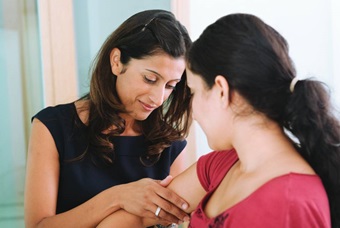

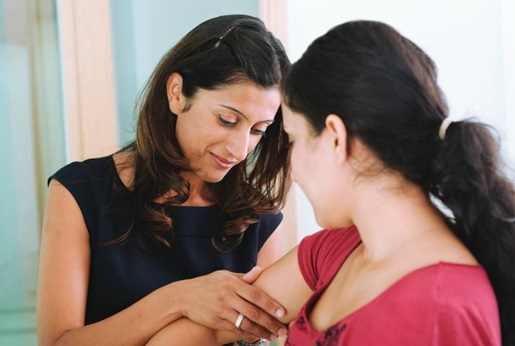
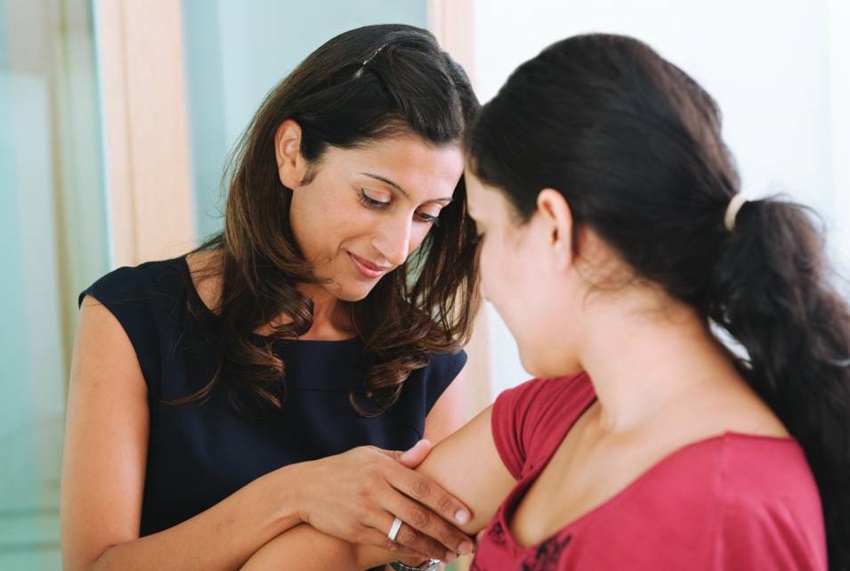
About Melanoma and the signs and symptoms to be aware of
Melanoma is a type of skin cancer that develops when skin cells called melanocytes grow and divide more quickly than usual, which is typically caused by UV damage. While it is less common than non-melanoma, it can be serious if left untreated as melanomas can penetrate deeper layers of the skin and spread to other parts of the body.
Melanomas are most commonly found on the skin which is most frequently exposed to the sun but can be found anywhere on the body. Melanoma can develop from an existing mole or from a new mole which has appeared more recently.
What are the signs and symptoms of melanoma?
A melanoma can develop anywhere on the body but it’s more common in areas that are regularly exposed to the sun. The first sign is usually a new spot on the skin, or a change in shape, size or colour of an existing mole or freckle.
- In most cases, melanomas have an irregular shape and have more than one colour
- The mole may also be larger than normal and can sometimes bleed or get itchy
- Look out for a mole that gradually changes shape, size or colour
A useful way of remembering the signs and symptoms of melanoma is using the A-G guide for recognising abnormal moles in the video below.

Sign of an abnormal mole: Know your A-G
If you notice any changes to your skin, even if they are not included on this page, please make sure you speak to your GP. They will be able to refer you to a dermatologist for further investigation if required.
Alternatively you can arrange to see one of our expert dermatologists at a location convenient to you.
How to prevent skin cancer
Sun safety
Staying safe in the sun is the most effective way to protect against skin cancer. Dr Robert Sarkany, Consultant Dermatologist at The Lister Hospital, explains how to stay safe whilst enjoying the sunshine.
Understanding skin cancer risk factors
The majority of skin cancers are caused by overexposure to ultraviolet (UV) radiation, either from the sun, sunbeds or tanning lamps, but there are other important factors to be aware of which can increase your risk of developing skin cancer, including your age, your skin type and other medical conditions.
Dr Stephanie Ogden, Consultant Dermatologist at The Wilmslow Hospital, part of HCA Healthcare UK, tells us more about skin cancer risk factors and ways you can reduce your personal risk.




About non-melanoma and the signs and symptoms to be aware of
Non-melanoma skin cancers develop slowly in the upper layers of the skin and are not connected to moles. They tend to develop on parts of the skin which are exposed to the sun, so typically on the face, head, back and lower legs. They’re more common than melanoma but are not as likely to spread to other parts of the body. Most non-melanoma can be effectively treated and cured if detected early.
- The most common type of non-melanoma skin cancer in the UK is Basal Cell Carcinoma (BCC). BCC grows very slowly and is very unlikely to spread to other parts of the body. Early diagnosis is still important as treatment is more difficult for BCC’s that have been there for a long time and can be more likely to grow back.
- The second most common non-melanoma skin cancer in the UK is Squamous Cell Carcinoma (SCC). These cancers grow slowly but are more serious than a BCC because there is a small chance these cancers could spread to another part of the body.
What are the signs and symptoms of non-melanoma?
The appearance and symptoms of non-melanoma skin cancers can vary, but they normally appear gradually and slowly increase in size. Some of the common signs to look out for are a lumpy, sore or scabby area of skin which:
- Doesn’t heal within 4-6 weeks
- Is painful and itchy, or bleeds
- Has an unusual appearance. It could be crusty, scaly, discoloured or inflamed
- Is increasing in size
If you notice any changes to your skin, even if they are not included on this page, please make an appointment with your GP. They will be able to refer you to a dermatologist for further investigation if required.
Alternatively, you can arrange to see one of our expert dermatologists at a location convenient to you.

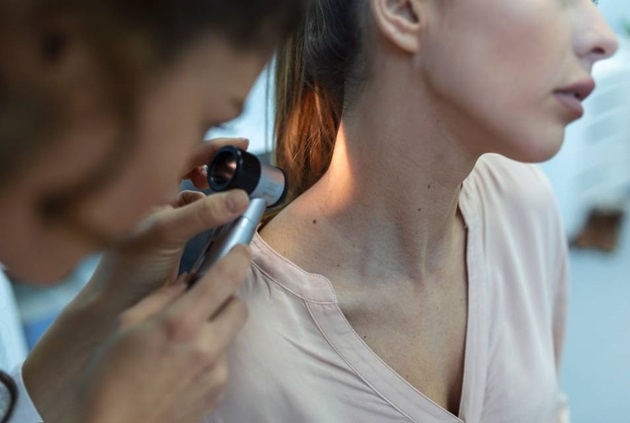
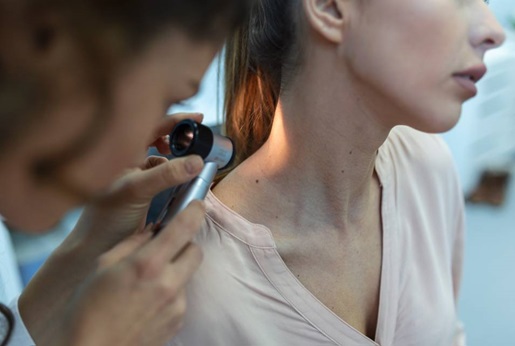
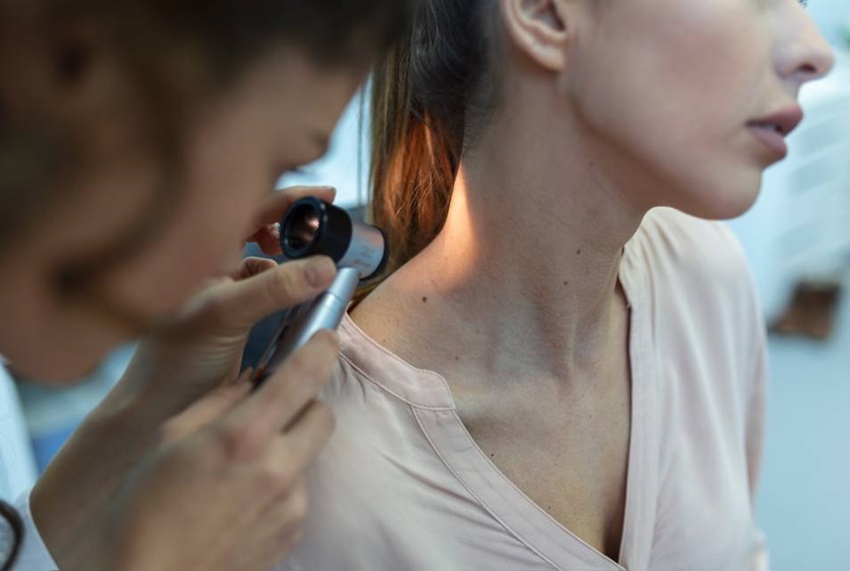
Find a dermatologist
A consultant dermatologist is a doctor who specialises in multiple skin conditions including skin cancer.
If you are concerned about changes to your skin or would like to seek specialist advice on how to manage your risk of developing skin cancer, such as mole mapping services, you can contact a Consultant Dermatologist at HCA Healthcare UK to book an appointment.

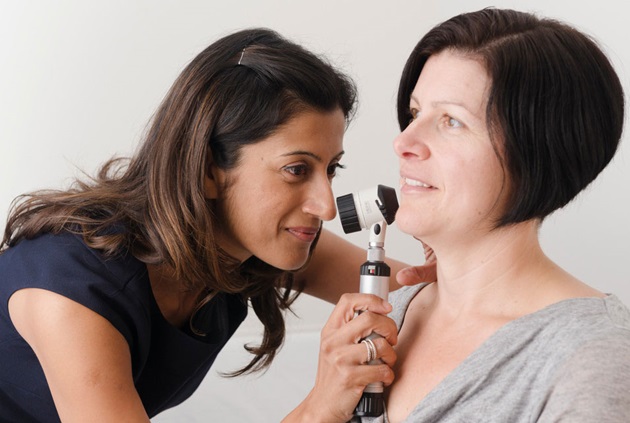


Locations
At HCA Healthcare UK, across our network of hospitals and clinics, we have extensive expertise in diagnosing and treating skin cancer. We promise fast access to a whole team of cancer experts, the latest diagnostic technology, innovative treatments and personalised treatment and care in a safe and supportive environment.
Your skin cancer treatment and care will be discussed by our team of multidisciplinary team of experts, including expert dermatologists, surgeons, consultant clinical oncologists, consultant medical oncologists and radiologists, who will design and recommended a personalised treatment and care plan based on your individual diagnosis.


The Christie Private Care
A private partnership with The Christie NHS Foundation Trust
About The Christie Private Care
Private Care at Guy's
World-class cancer centre & home to our robotic surgical programme
About Private Care at Guy's
HCA UK at UCH
Partnership with University College Hospital
About HCA UK at University College Hospital
The Wellington Hospital
The UK's largest private hospital specialising in complex care
About The Wellington Hospital

The Princess Grace Hospital
Latest innovative technology and pioneering treatments
About The Princess Grace Hospital


Sarah Cannon Research Institute
Advancing cancer care through innovative clinical trials
More about SCRI
The Harborne Hospital
Leading Private Healthcare in the heart of the West Midlands
About The Harborne Hospital